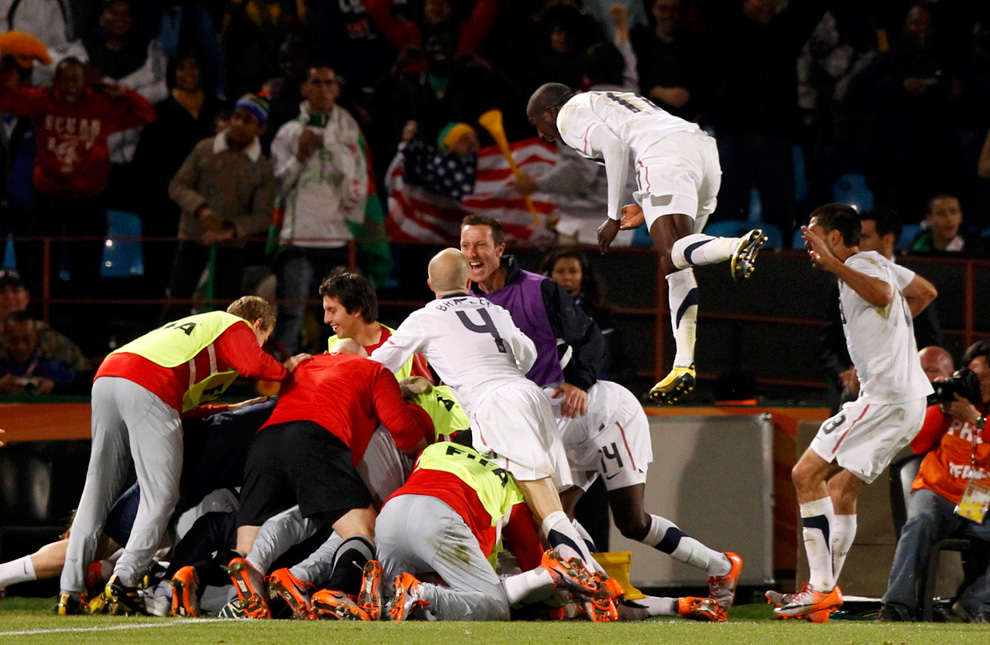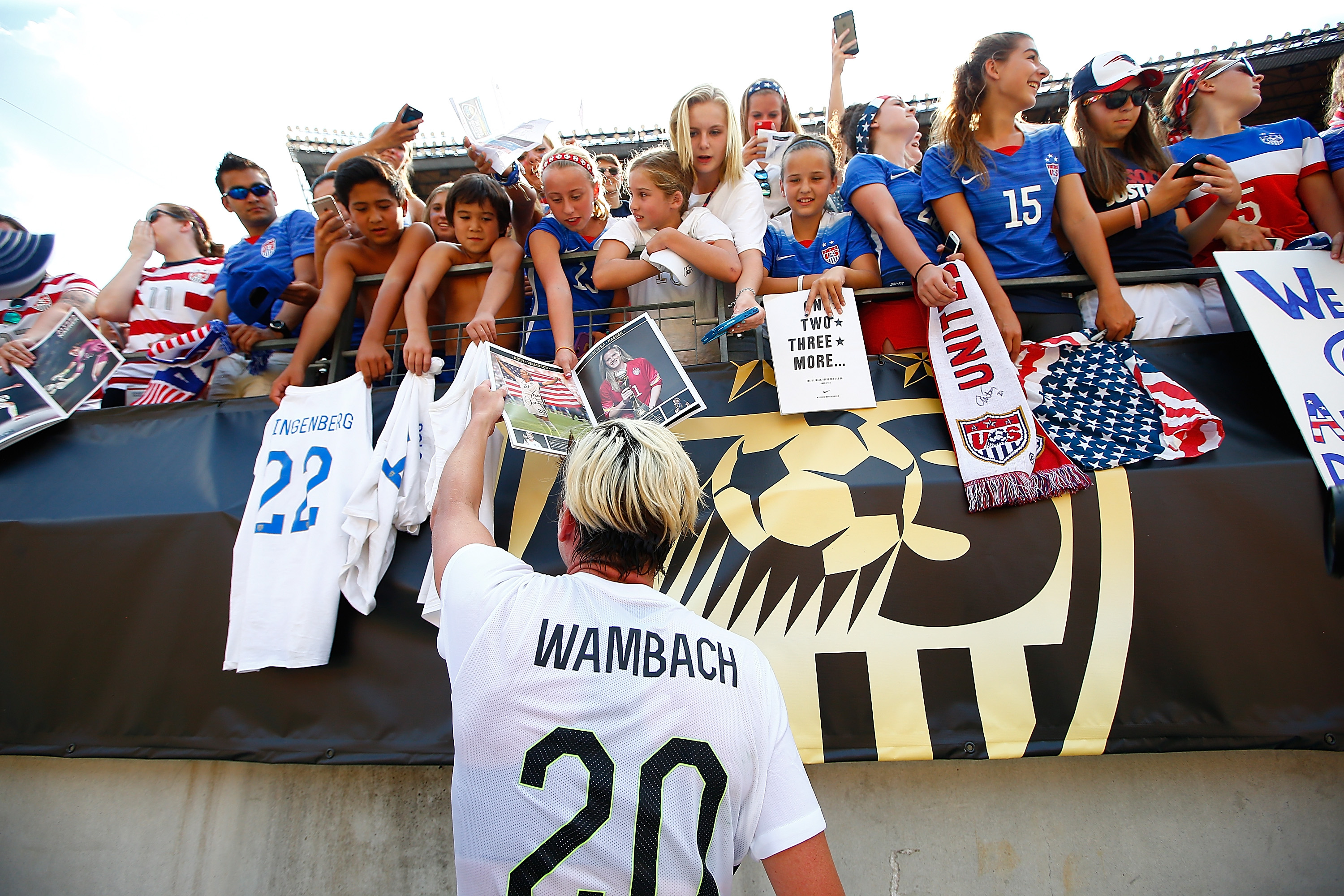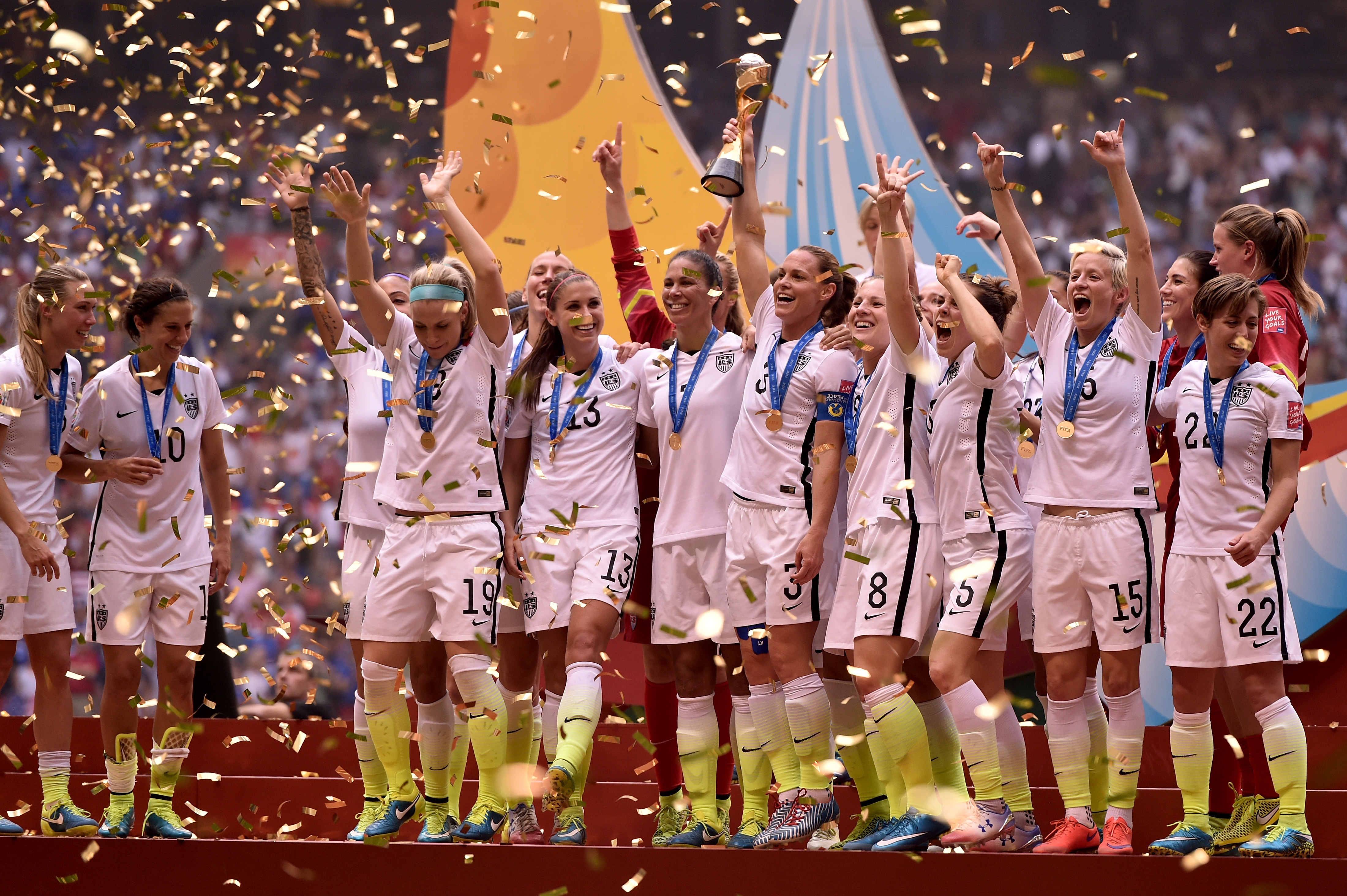The history of the Chicago Fire is marked by an early period of success — they won multiple trophies under Bob Bradley in the late 1990’s and the early 2000’s — and a long period of futility in the years following. They haven’t won a trophy since a U.S. Open Cup victory in 2006, and recent history hasn’t seen them playing past October since 2012. Last place finishes in 2015 and 2016 have further diminished the storied club’s reputation.
A new voice of reason inside the team emerged at the end of the 2015 season, however, with the hiring of Serbian manager Veljko Paunovic. Paunovic, a former MLS player and the manager who led the Serbian U-20 team to a World Cup trophy, was brought in to instill a long-term ideology and to cultivate youth talent, which had been missing from the squad.
While the immediate results won’t put much hope in Fire fans — last place won’t usually do that — seeds for future success were planted. Long-term solutions were implemented on the backline, with rookie draft picks Brandon Vincent and Jonathan Campbell carving out starting spots at left back and center back, and an attacking base featuring David Accam and Michael de Leeuw was solidified.
This offseason, the Fire took this progress and brought it from the middle of “The Process” to “yeah, we’re definitely not a last-place team anymore.” An established, veteran midfield of Dax McCarty and Juninho was put together to play behind a front four that now includes Hungarian No. 9 Nemanja Nikolic, an acquisition that will undoubtedly take some of the attacking load off of Accam. All of a sudden, it’s clear that this club is no longer a laughing stock.
Flaws are still prevalent; most notably, they desperately need a midfield playmaker to tie everything together. And right back could possibly become an issue if Michael Harrington and/or Joao Meira fail to hold down the fort. But a McCarty-Juninho combination in deep midfield will give Chicago the ability to control the pace of the game, find more consistent midfield possession, and get Accam running inside-out as he has made a living doing. Nikolic will add a true goal-scoring threat to the mix, as his experience in leagues throughout Europe tells us. This is a much improved roster, even if there are caveats, as we’ll see later.
Here’s the presumptive starting lineup:
This is good in almost all areas. McCarty’s presence in defensive midfield will allow Juninho to fill a similar No. 8 role as Felipe has next to McCarty in New York over the past couple of seasons. The quality possession that will emanate from these two will be like nothing we’ve seen out of Toyota Park in a few years. Three out of four backline spots are secured by quality starters, not something every MLS club can assert.
In addition, Nikolic and Accam could turn out to be a legitimately scary attacking combo for opponents, barring injuries. This is a well made roster, if it is just a starting point.
There are two obvious question marks here, though. At goalkeeper, where new signing Jorge Rodrigo Bava could be challenged by Paunovic favorite Matt Lampson; and right back, as Harrington is a journeyman-level player and Meira is, positionally, a center back. At keeper, Bava is a 35-year old veteran of various South American leagues while at right back, Harrington mostly has done enough to get by. Most likely, neither of these places will spell the downfall of Chicago.
What will? The absence of a Nicolas Lodeiro-type creator. A player whose primary job is to hit balls over, around and through backlines is crucial for any playoff-challenging club unless you’re Toronto FC. In which case, Sebastian Giovinco and Jozy Altidore do the job. If the best American MLS player and a bona fide Italian national teamer aren’t pairing up top, it’s time to find your own Lodeiro, Benny Feilhaber, or Sacha Kljestan.
Maybe, just maybe, de Leeuw turns out to be the right man for the job (although I think he’s a better second forward than anything else). But most likely, he’s not going to be Mauro Diaz or Albert Rusnak or Diego Valeri. He’ll be more like Shkelzen Gashi without the left foot, which is okay, but not game-breaking.
Until the hierarchy in Chicago decide to trust the next Harry Shipp that comes through the pipeline with the role or they find their own Lodeiro (which is more likely), anything higher than a fourth seed will elude the Fire. And no, Montreal’s success last year without a true No. 10 should not be a model: 1) Ignacio Piatti’s do not grow on trees, 2) neither do cheap 37-year olds who suddenly decide they’re Feilhaber on October 24th (Patrice Bernier), and 3) parking the bus through the postseason is not, for the most part, a reliable method.
So don’t get too excited Fire fans (you too Dynamo fans, who look eerily like Impact Lite). But keep in mind that Chicago is still not a win-now team. In fact, they might be a Houston Astros-on-the-cover-of-Sports–Illustrated 2019 champions. And that should be valued.
Given the obvious holes on this roster — we still haven’t even mentioned that Arturo Alvarez is a projected starter — nobody should be expecting a trophy this season, or even a playoff appearance. Instead, understand that with McCarty, Juninho, and Nikolic entering their primes and younger stars like Campbell and Vincent, this club is built for the future.
Ultimately, the reason for my 2019 championship projection (mark it down) is not only the current names that will fill the 18 but the Homegrown talent coming up and the SuperDraft picks that will materialize. Patrick Doody, Drew Conner, Collin Fernandez, and Djordje Mihailovic are the four official Homegrown players on the current roster, and rookies Daniel Johnson, Guillermo Delgado, and Brandt Bronico (should the latter two sign) provide more sources of optimism in Chicago.
And, further, keep an eye on potential future Homegrowns Cam Lindley and Mauricio Pineda, both current sophomores at North Carolina. These players — and, I’m sure, plenty of others — are just waiting to be a part of that 2019 championship roster.
For now, get ready for a playoff fight from the Fire. It’s about time.






